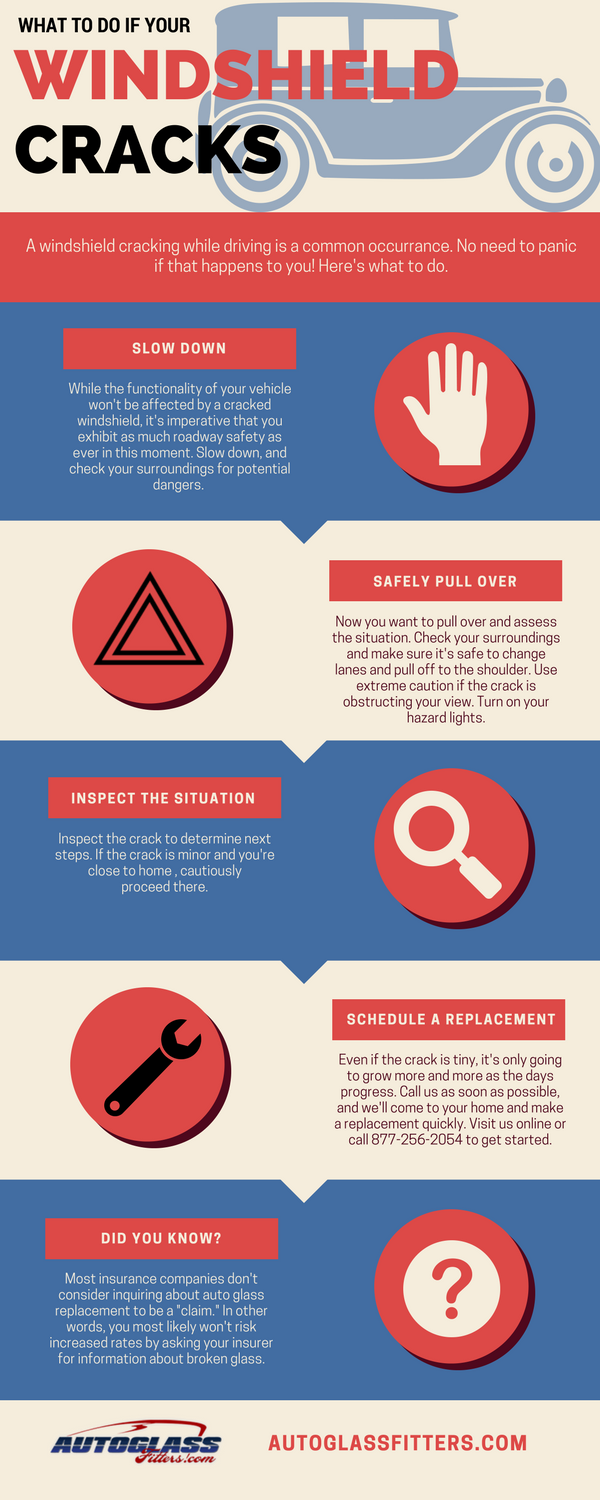The Most Efficient Pressure Cleaning Practices For Every Single Surface Area Group
The Most Efficient Pressure Cleaning Practices For Every Single Surface Area Group
Blog Article
Web Content Create By-Coley Bock
When it concerns push washing, the technique you select can make all the distinction in achieving a clean, streak-free surface. You could discover that hard surfaces, like concrete, need a different technique than softer products, such as wood or plastic. window cleaning kit to adapt your techniques to the surface area kind to prevent damages while optimizing cleaning effectiveness. So, what are the best techniques for every surface, and exactly how can you guarantee you're making use of the best settings and tools for the task? Let's explore what you require to understand to obtain the most effective results.
Difficult Surface areas
When it pertains to press cleaning difficult surfaces, prep work is essential. Prior to you also think about taking out the pressure washing machine, make the effort to clear the area of any particles, furnishings, or barriers. You don't desire anything entering your way or possibly destructive your equipment.
Next, examine the surface for any kind of cracks or damages; this will help you determine the right approach and pressure setups.
Once you've prepared the area, it's vital to choose the right nozzle. For tough surfaces like concrete or block, a slim nozzle (15 or 25 degrees) functions best to offer a concentrated stream of water that can successfully remove crud and discolorations. Constantly start at a distance and progressively relocate more detailed to avoid any kind of surface area damage.
As retail window cleaning services begin cleaning, maintain the wand transferring to prevent touches and over-saturation. It's also useful to function from the top down, permitting dust and debris to remove naturally.
Ultimately, keep in mind to rinse the surface extensively after cleaning up to get rid of any kind of leftover cleaning agent. With these techniques, you'll achieve a clean and renewed appearance on all your difficult surface areas.
Soft Surfaces
Pressure washing soft surface areas needs a gentler strategy to safeguard them from damage. Whether you're cleaning your deck, patio furnishings, or home siding, utilizing too much pressure can lead to dents, scratches, and even permanent harm.
Start by picking a low-pressure nozzle, preferably a 25-degree or broader spray pattern, to spread the water much more gently.
Before you begin, it's essential to pre-treat any type of stains with a suitable cleansing remedy. This step permits the cleaner to penetrate the dust and gunk, making it easier to remove without rubbing also hard.
Always apply the remedy from the bottom up to protect against streaking.
When you start stress washing, maintain a distance of a minimum of 12 to 18 inches from the surface area. Move your stick in a sweeping motion, maintaining it parallel to the surface area to avoid focused pressure on one spot.
Wash the location completely after cleaning to remove any residual cleaner.
Last but not least, inspect the surface for any missed spots and duplicate the procedure if necessary. By adhering to these actions, you can successfully clean soft surface areas while preserving their integrity and appearance.
Specialized Surfaces
Cleaning up soft surfaces needs treatment, yet specialized surface areas require much more attention to detail. When you take on these surface areas, like fragile timber, discolored concrete, or specific sorts of siding, using the best stress cleaning techniques is vital to prevent damage.
Initially, examine the product. For instance, treated timber can typically stand up to moderate stress, yet softer woods like cedar may require a reduced setting. Constantly begin with the most affordable pressure and progressively enhance if essential.
For tarnished concrete, make use of a follower spray nozzle and preserve a consistent range to prevent etching the surface area.
When managing surfaces like vinyl home siding or painted surface areas, a wide spray pattern helps distribute the stress evenly, safeguarding the surface.
It's also a good idea to use detergents specifically created for specialty surface areas. They can enhance cleansing without endangering the product.
Wash extensively after washing to remove any type of residue, as it can lead to staining or damage gradually.
Verdict
Finally, mastering pressure cleaning methods for different surfaces can make all the distinction in your cleansing outcomes. For tough surfaces, stay with slim nozzles and a top-to-bottom approach, while soft surface areas require a gentler touch with wider nozzles. Don't neglect to pre-treat stains and rinse thoroughly to prevent deposit. By adjusting your approaches per product, you'll not just accomplish a cleaner coating yet likewise secure the integrity of your surfaces. Happy cleansing!
